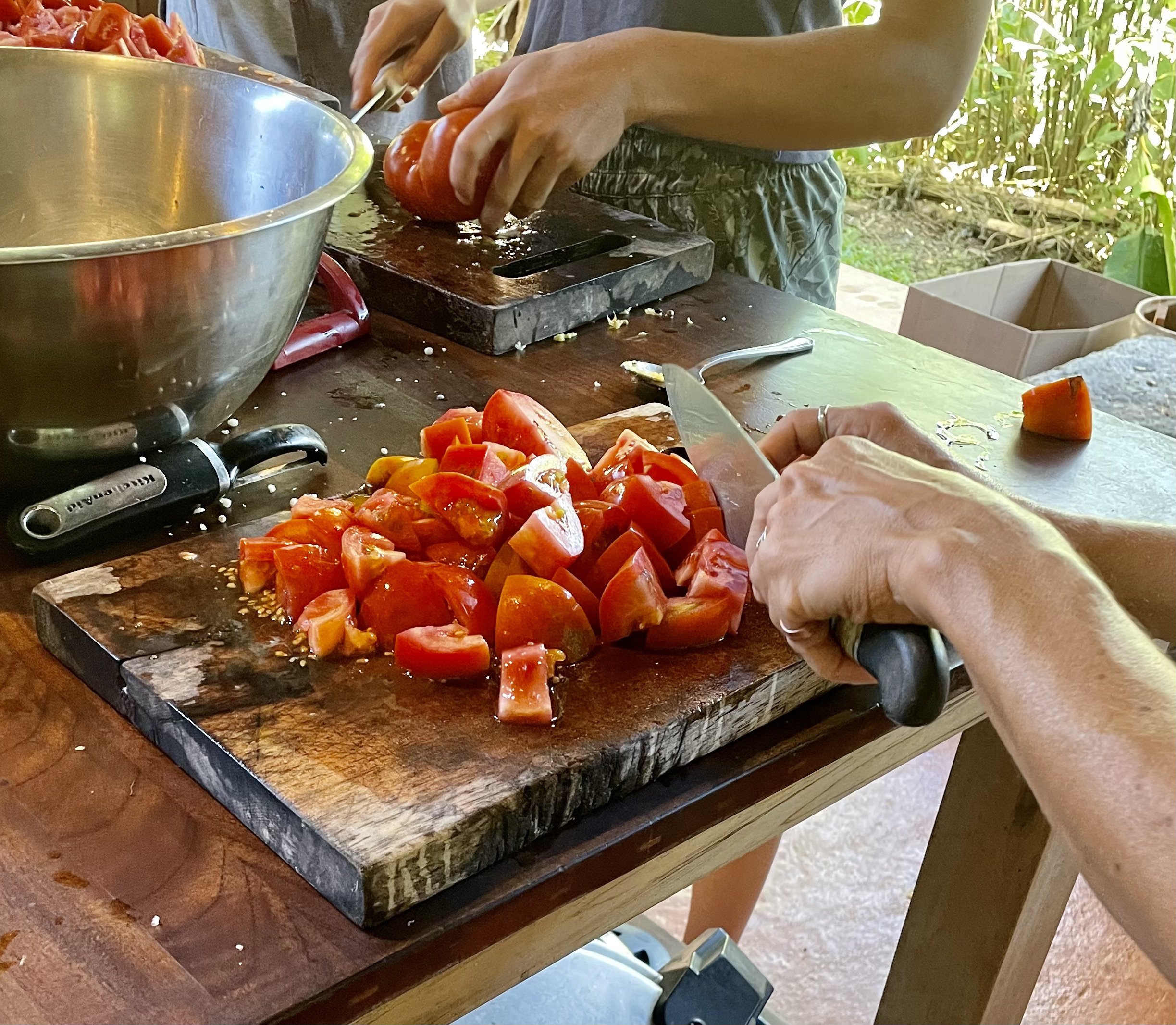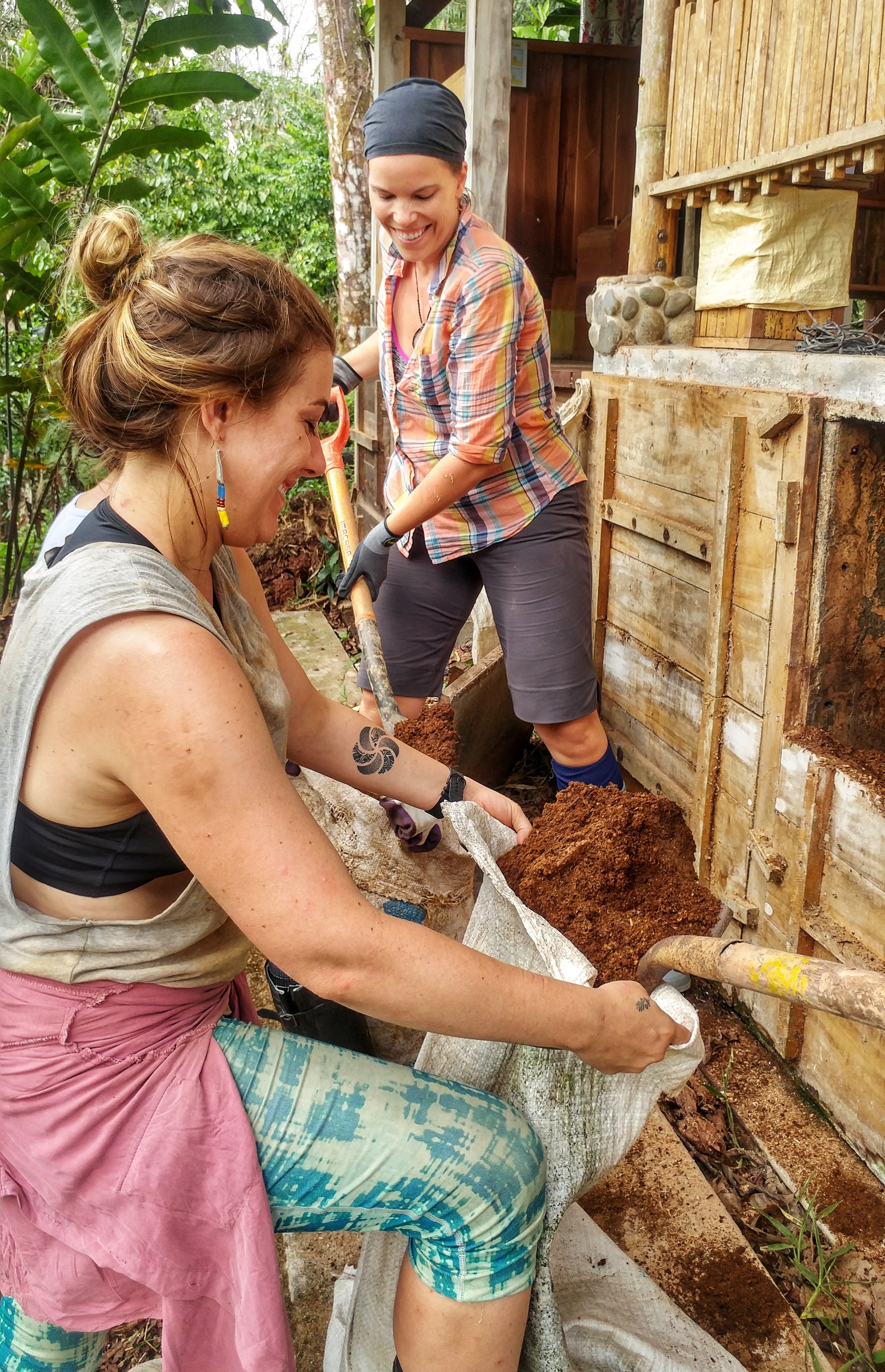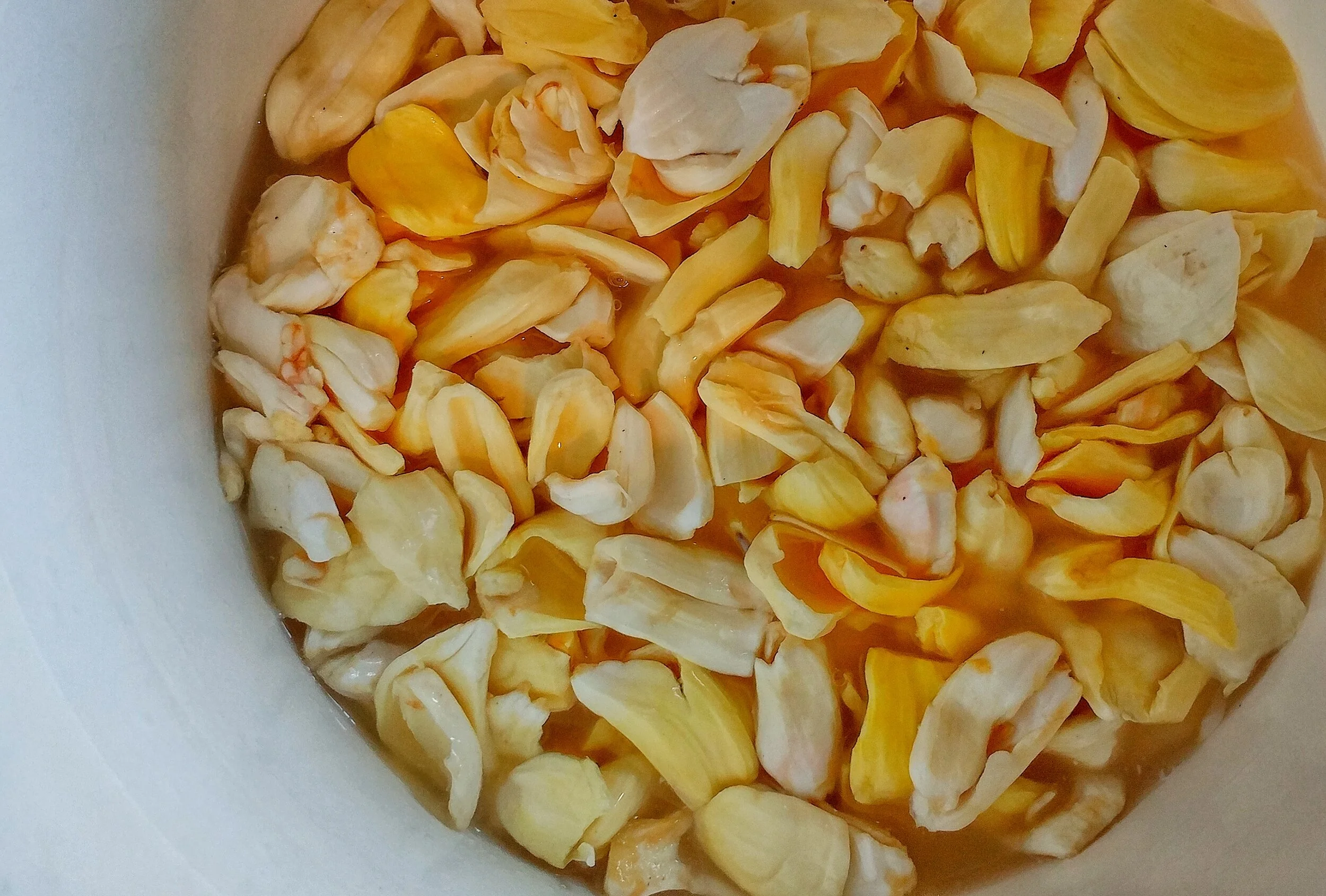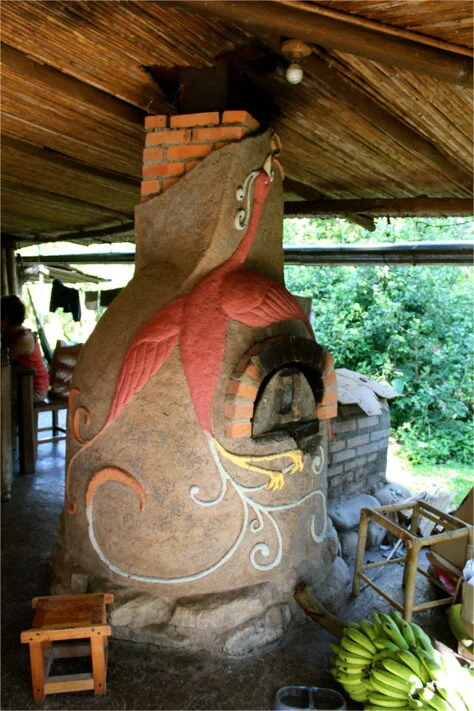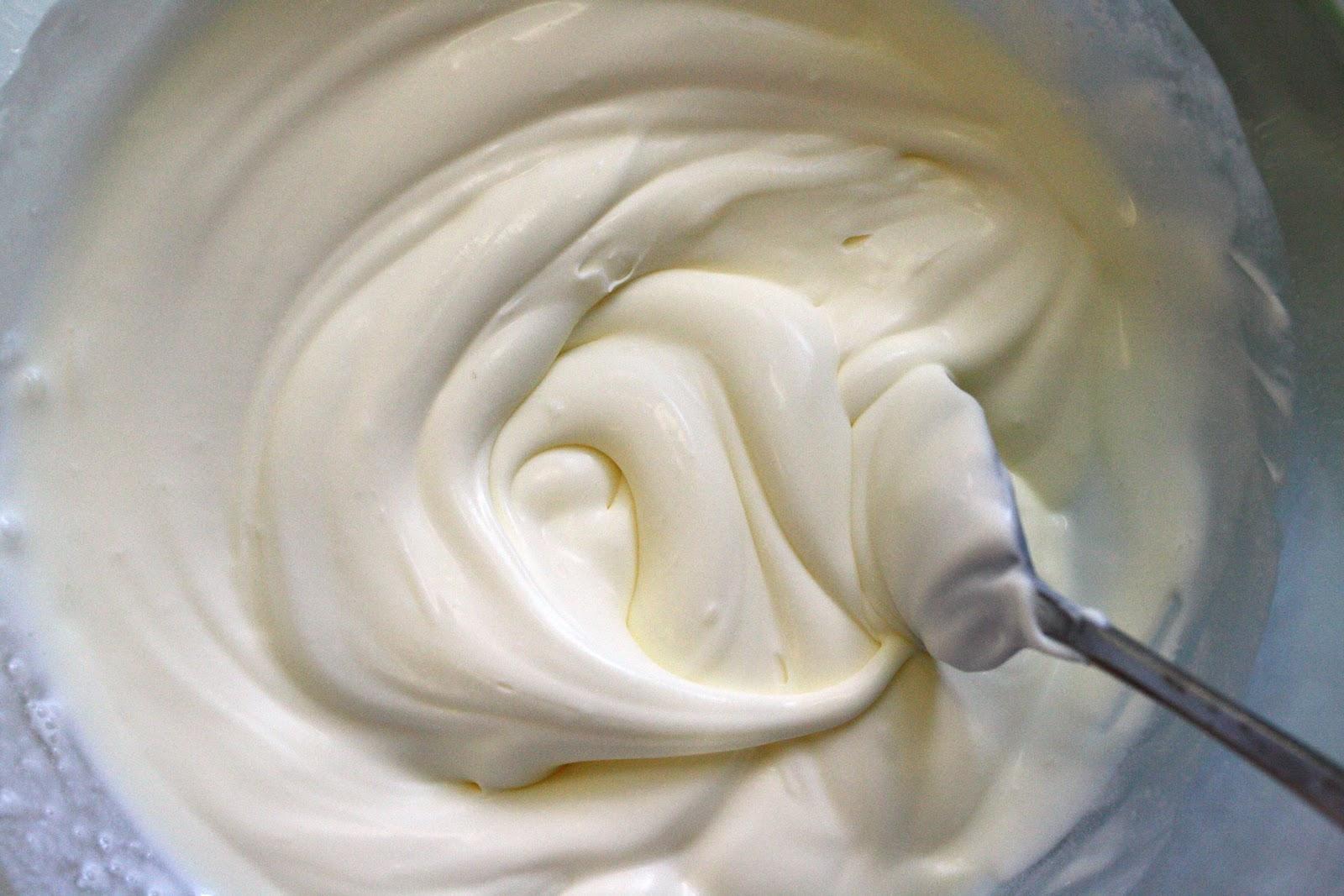La Fermentación es un proceso catabólico de oxidación incompleta, por el cual ocurre una transformación de los alimentos.
Homemade Ketchup Recipe
Making Compost 101
Making Compost 101
By 2022 apprentice Joshua Wright
Smelly, sticky, messy.
Perhaps these are some words to describe your experience with food waste. But it doesn't have to be! Enter the world of composting!
In permaculture we love composting and would never think about just throwing away our food scraps into the trash, because they aren’t waste, they are resources that will benefit our garden and our planet.
Composting is a great way of dealing with your kitchen scraps, autumn leaf litter and/or lawn trimmings, along with any other organic matter that may be in your garden. Dealing with a “waste” product and turning it into something beneficial. In permaculture we also call this stacking functions.
An apprentice flipping our compost pile
What is compost?
Compost is broken down, decomposed organic matter. It occurs naturally in the environment around us as living things decay. Through human interaction this natural process can be sped up.
Why should you be making compost?
Composting has several great benefits:
It improves soil health. Adding organic matter into soils allows them to better retain moisture leading to reduced irrigation costs. It lends itself to better aerated soils reducing the need to till and it provides habitat for beneficial fungi and micro-organisms to continue the work of decomposition and nutrient cycling.
It provides plants with nutrients essential for their growth. The main elements plants need are Nitrogen (N), Phosphorus (P) and Potassium (K), all of which are present in compost, along with a number of other elements in trace amounts such as Calcium (Ca), Magnesium (Mg), Iron (Fe) and Zinc (Zn).
Composting diverts waste from ending up in landfills and the incinerator. Both of these require lots of energy and resources to maintain and manage, so by composting you are freeing up time, money, and energy for better utilization elsewhere (building an abundant, regenerative future we can be proud of).
When in landfills food waste doesn’t have access to oxygen, becoming anaerobic. When decomposing in this airless environment it produces methane and carbon dioxide. When not in balance with natural cycles these gasses contributes to greenhouse gas overload in our atmosphere adding to our global climate crises.
In summary by composting not only are you doing less bad (by producing less pollution) you are actively doing good (building soil which is essential for a healthy planet)! Win, win!
So how do we go about getting started?
Our little wigglers that we use for our vermicompost!
First, let’s identify the best location: Ideally you will have a spot in your garden that is out of direct sun and protected from the rain. You will need something to contain the compost in. A wire cage or recycled wood pallet box will both work great. But you can use any containment method that is roughly 1m^3 and allows air to circulate. If you are limited in space or don’t have a yard, there are many great DIY options, such as a plastic bin with holes drilled out. Or check out vermicompost, which uses worms to help you out! Check out this blog article from Mother Jones to learn more about using worms to compost in a small space.
Next let’s look at what goes into your compost: We can break this down into two basic categories: "greens" and "browns". "Greens" are materials that contain higher quantities of nitrogen and "browns" contain higher quantities of carbon. Balancing this ratio of greens to browns is what will define the success of your compost operation.
This ideal ratio being 25-30 parts carbon to 1 part nitrogen.
Examples of “greens” are kitchen scraps or fresh lawn clippings. “Browns” can be dried leaves, wood chips, saw dust, etc.
Remembering that there is carbon in ALL organic material including materials that we classify as “green”, we can achieve our ideal ratio (25-30:1) by adding roughly 2 parts “brown” material to 1 part “green” material.
If your compost pile starts to smell, attract flies or is excessively wet add more browns, if it is too dry reduce that amount of brown material you add.
Your compost should have the same moisture content as that of a damp sponge. When squeezed firmly no more than a few drops should come out.
Excellent!
Armed with these basics outlined above you are ready to begin your journey into the underworld (soil).
Keep in mind that there is no teacher out there as good as direct experience so get your hands dirty and have fun with it.
One day, we too, shall be compost. And so closes the circle of life.
Emptying out one of our compost toilets
Other Related Blog Articles
Transforming Human Waste into Fertilizer: Compost Toilets
5 “Grow Your Own” Mulch Plants
Learn More
Join us for one of our educational workshops about permaculture design, natural bulding, fermentation, and more. Check out our yearly workshops here.
Fruity Ferments- How to Make Fruit Scrap Vinegar
You can make fruit vinegars from all kinds of different local, seasonal fruits. Using the scraps from the fruits (i.e. the peel and extra bits) is a way to value the marginal (permaculture principle) and turn a “waste” product into something of purpose.
Water Kefir - The New Kombucha!
Before coming to the Ranch, I only knew of kefir as a tasty, sour, probiotic milk product - almost like a liquid yogurt. I loved it, and knew of it’s health benefits, but didn’t think kefir could be anything more. Turns out, kefir can refer to both milk kefir, the product I’ve known and seen in grocery stores, and water kefir, a delicious fermented soda and a staple for us here at Rancho.
The Magical Benefits of Fasting
What is Lacto-Fermentation
Farm to Table Chocolate Bonbons
Natural Log Cultivation of Shiitake Mushrooms in the Tropics
Even though growing shiitake in bags of synthetic logs is more common due to labor and material costs for bigger scale production, we decided to go for the traditional natural log cultivation, as it has been grown for thousands of years. So if you’re thinking about starting mushroom cultivation, here are a few tips on how to do it:
Life of Spice: Farm to Table Cinnamon
Eating Local: Reconnecting to Food
Food nourishes us and forms the heart of our community. Understanding where it comes from, how it is grown, and who has grown it helps us value our food in a way that we have lost in the modern era. We can get overwhelmed by the challenges of the modern world and food can provide us with some of the easiest and most accessible ways that we can begin to regenerate our planet.
Farm to Table Permaculture Pizza
Being a permaculture and sustainable education centre, we try to source as many of our ingredients either directly from the farm itself, or from the local community. Some parts of the pizza are easy to source locally, others not so much. This has come to pose a few challenges at times, and often we make some compromises for the sake of indulgence.
Endeavors to End Propane: Local Fuel Sources and Efficient Cooking Technologies
Cooking food can make it tastier, easier to digest and absorb nutrients, and safer and healthier to eat. Cooking at the Ranch happens multiple times a day, and on some days, pretty continuously throughout the day. We generally have a lot of hungry bellies to fill! Over the decades we have been steadily reducing our use of propane to meet our cooking needs.
Just KIS Me: A Neighboring Project focused on Plants and Indigenous Culture
About eight years ago, Kealy and Ivannia were talking about how they wanted to continue to be strong, badass women. They wanted to support one another and thrive, and step outside the stereotypical woman’s role that is often seen in the Mastatal community. Kealy was once again visiting for a few months from the States and was leaving in a few days so plans needed to happen soon!
Life of Spice: Pepper
Farm to table is an inspiring movement whose time has come. As anxiety about our environment and health increases, awareness is spreading about the impact our diet has on not just own well-being, but the well-being and future of the entire planet. Alarms are going off worldwide. Our eyes are opening. People everywhere are waking up. We’re waking up… and eating breakfast.
How to Make Dairy Kefir Banana Creme Fraiche
Dairy Diaries: How I Make Dairy Kefir
My name is Ryan and I'm part of the apprentice team at Rancho Mastatal for 2019. I've been navigating my lactose-intolerance since I was a child and gluten-intolerance since I identified it approximately five years ago. In this and the following installments of Dairy Diaries. I'll be exploring dairy kefir, in my personal effort to find ways to make dairy products I enjoy healthier, more digestible and more delicious.
The Basic Pantry Analysis: Design, Food, Sourcing
Cuisine is diet that's unique to a physical place and a human cultural group. We can taste the patterns of modern cuisine in the melding of characteristic ingredients into characteristic forms. Wheat noodles with tomato sauce points us in the direction of Italy. Fermented spiced cabbage leads us to Korean kimchi.
Flexitarianism: Living and Sharing Solutions to Climate Change
DISCLAIMER: These are my thoughts and experiences on what can be a deeply cultural, charged and personal topic: diet. There is a lot we don’t know, especially when it comes to what a sustainable diet is. For one, most studies have been centred in high-income Western countries (Jones et al., 2016); it’s also still largely unclear exactly what a “healthy diet” should consist of, nevertheless what a truly sustainable society would look like. Integrating all of these concepts is an enormous challenge.
How to Make a Real Tortilla
When I was a teenager, I traveled for a few months with a Mexican shoe-shiner I met in Mazatlán. We thumbed rides across the country and were taken in along the way by a dozen or so of his relatives. I often found myself in the kitchen with his aunts, cousins, and nieces, making tamales, sopes, or other dishes that were new to me.



